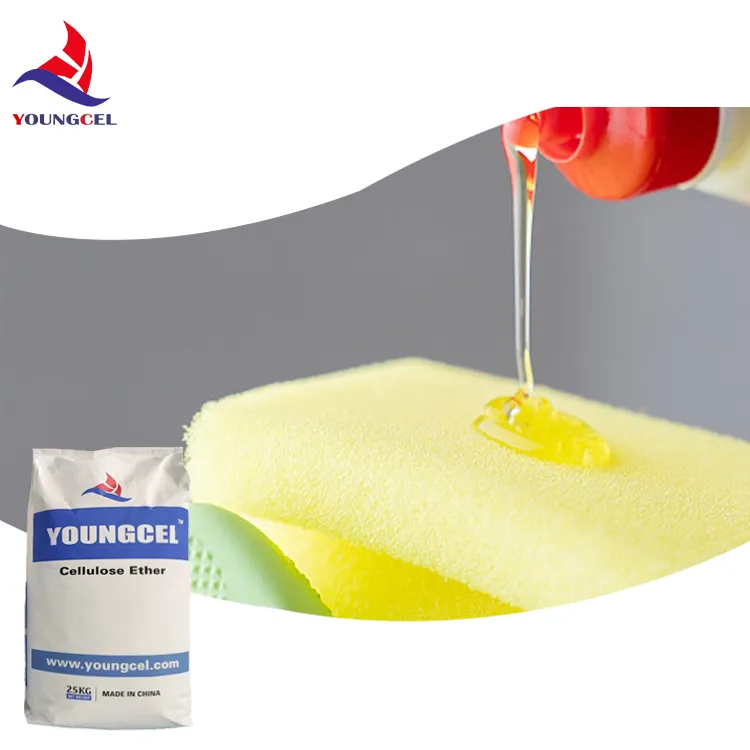Understanding Redispersible Powder (RDP) A Comprehensive Overview
Redispersible powder (RDP), also known as redispersible polymer powder, is a versatile additive widely used in construction, adhesive, paint, and coating formulations. Its role in enhancing the properties of various materials makes it an essential component in many industries. This article aims to provide a comprehensive overview of RDP, including its composition, benefits, applications, and production methods.
What is Redispersible Powder?
RDP is typically made from polymer emulsions that have been spray-dried into fine powder form. The most common types of polymers used to create RDP include polyvinyl acetate (PVAc), ethylene-vinyl acetate (EVA), and styrene-acrylic copolymers. When mixed with water, RDP quickly re-disperses to form a stable emulsion, which can then be utilized in various applications.
Benefits of RDP
1. Improved Adhesion One of the key advantages of RDP is its ability to enhance the adhesion properties of mortars, plasters, and adhesives. This characteristic is crucial for construction materials, ensuring that they bond well to various substrates and maintain their integrity over time.
2. Flexibility RDP imparts flexibility to hardened cementitious materials. This flexibility helps in accommodating movements and stresses, reducing the risk of cracking and extending the lifespan of buildings and structures.
3. Water Resistance Many formulations incorporating RDP exhibit improved water resistance, making them suitable for exterior applications and environments subjected to moisture and wet conditions.
4. Workability The use of RDP enhances the workability of construction materials. It allows for smoother application, better consistency, and improved finish, which are vital for achieving high-quality results.
5. Mechanical Strength RDP contributes to the mechanical strength of composites, enabling products to withstand significant physical stress, which is essential in both residential and commercial construction.
Applications of RDP
redispersible powder rdp

RDP is found in a wide range of products and applications, including but not limited to
- Cement-based Tile Adhesives RDP enhances the bonding strength and flexibility of tile adhesives, ensuring that tiles remain securely attached for long periods.
- Plasters and Mortars In the construction industry, RDP is widely used in plasters and mortars to improve adhesion, workability, and crack resistance.
.
- Dry Mix Products RDP is a staple in dry mix formulations. When dry products such as plaster or mortar are mixed with water, they form a pliable paste suitable for application.
- Paints and Coatings Some water-based paints and coatings incorporate RDP to achieve improved durability, adhesion, and finish quality.
- Sealants RDP can enhance the performance of various sealants, providing them with better adhesion and flexibility.
Production Methods of RDP
The production of RDP generally involves emulsifying a polymer in water to form a stable dispersion, which is then spray-dried into fine powder. The drying process transforms the emulsion into a powder, preserving the properties of the original polymer. Key factors that influence the quality and performance of RDP include the choice of polymer, the spray-drying conditions, and the presence of additives or fillers.
Conclusion
In summary, redispersible powder (RDP) plays a critical role in various industries, particularly in construction and adhesives. Its ability to enhance adhesion, flexibility, water resistance, and mechanical strength makes it a valuable additive in many formulations. Understanding the properties and applications of RDP is crucial for professionals in construction, manufacturing, and related fields to produce high-quality materials that meet modern demands. As the industry continues to evolve, the significance of RDP is expected to grow, driving innovations in formulation technologies and applications.
-
Rdp Powder: Key Considerations for Wholesalers in the Building Materials IndustryNewsJul.08,2025
-
Key Considerations for Wholesalers: Navigating the World of Hpmc - Based ProductsNewsJul.08,2025
-
Hpmc Detergent: Key Considerations for WholesalersNewsJul.08,2025
-
Key Considerations for Wholesalers: China Hpmc For Tile Adhesive, Coating Additives, Concrete Additives, and MoreNewsJul.08,2025
-
Crucial Considerations for Wholesalers: Navigating the World of Construction MaterialsNewsJul.08,2025
-
Key Considerations for Wholesalers Sourcing Additive For Cement, Additive For Concrete, Additive For Putty from Additive Manufacturer Shijiazhuang Gaocheng District Yongfeng Cellulose Co., Ltd.NewsJul.08,2025




